Esta é uma
das mais velhas histórias do mundo: a do filho que sente ciúmes quando o pai
viúvo decide se casar novamente. É mais do que ciúme: é o sentimento de que a
memória da falecida mãe está sendo traída e esquecida. Uma história triste porém
comum, e que se torna poética quando um cineasta francês decide fazer um filme
sobre isso – afinal, os franceses fizeram alguns dos filmes mais tocantes e
delicados.
It's one of
the oldest stories in the world: the child that feels jealous when his father,
a widower, decides to remarry. It's more than jealousy: it's the feeling that
the dead mother's memory is being betrayed and forgotten. A sad yet common
story that becomes poetic once a French filmmaker decides to make a film out of
it – after all, French people have made some of the most touching and delicate
films.
Pierre
Amsler (Victor Vina) acaba de perder a esposa (Suzy Vernon). A morte da mãe
afetou profundamente o filho mais velho, Jean (Jean Forest), enquanto a filha
mais nova, Pierrette (Pierrette Hoyeuz), parece não entender o que aconteceu.
Na primavera seguinte, Pierre decide se casar com Jeanne Dutois (Rachel
Devirys), uma viúva que tem uma filha, Arlette (Arlette Peyran).
Pierre Amsler
(Victor Vina) has just lost his wife (Suzy Vernon). The mother's death deeply
affects their older son, Jean (Jean Forest), while their younger daughter,
Pierrette (Pierrette Hoyeuz), seem to not understand what happened. The
following spring, Pierre decides to marry Jeanne Dutois (Rachel Devirys), a
widow who has a daughter, Arlette (Arlette Peyran).
Pierre
pede Jeanne em casamento justamente num domingo, quando ele deveria visitar o túmulo
de sua esposa. Apenas Jean visita o túmulo e leva flores, e este é o primeiro
sinal de que Pierre pode já estar esquecendo e substituindo sua esposa. Incapaz
de contar a novidade e Jean, Pierre pede ajuda ao Padre Porchet (Henri Duval).
O Padre já havia ajudado Jean quando o menino teve um colapso nervoso logo após
a morte da mãe.
Pierre
proposes to Jeanne exactly on a Sunday, when he's supposed to visit his wife's
tomb. Only Jean visits the tomb and brings flowers, and this is the first sign
that Pierre may have already forgotten and replaced his wife. Unable to tell
Jean the news, Pierre asks Father Porchet (Henri Duval) for help. The Father
had helped Jean when the boy had a nervous breakdown right after his mother's
death.
Jean passa
algumas semanas com o Padre Porchet. Enquanto isso, Pierre e Jeanne se casam.
Jean aceita a nova realidade com relutância, mas as coisas já começam mal
quando Arlette não deixa Jean entrar na própria casa porque ela não sabia que
ele estava voltando – e pior: ela está usando os lápis de cor dele!
Jean spends a
few weeks with Father Porchet. Meanwhile, Pierre and Jeanne get married. Jean
reluctantly accepts his new reality, but things are off to a bad start when
Arlette doesn't let Jean enter his own house because she wasn't aware of his
return – and worse: she is using his crayons!
A casa
dele está mudada, sua rotina é diferente, e de repente Jean percebe que sua
madrasta está usando as coisas da mãe dele. Na verdade, ele prefere destruir o
velho vestido da mãe a ver Jeanne reutilizando o tecido. Mas Jeanne é uma boa
madrasta: ela cuida de Jean e Pierrette e até proíbe Pierre de bater em Jean. É
Arlette quem Jean mais odeia – por isso ele bola um plano para que ela leve uma
bronca da mãe... mas ela acaba presa em uma avalanche.
His house is
changed, his routine is different, and suddenly Jean realizes his stepmother is
wearing his mother's things. In fact, he prefers to destroy his mother's old
dress than to see Jeanne reusing its fabric. But Jeanne is a good stepmother:
she cares for Jean and Pierrette and even prohibits Pierre to spank Jean.
Arlette is the one Jean hates the most – so he makes up a plan to get in
trouble with her mother... but she ends up trapped in an avalanche.
O jovem
Jean Forest é simplesmente brilhante. Desde a primeira cena, em que ele parece
realmente emocionado durante o funeral da mãe, é possível ver o quão talentoso
o menino de 12 anos era. Infelizmente, Jean fez filmes de 1923 – quando foi
descoberto pelo diretor Jacques Feyder – até 1935, quando ele decidiu focar em
sua carreira no rádio.
Young Jean Forest
is simply brilliant. Since the first scene, in which he seems truly moved
during his mother's funeral, you can see how talented the 12 year-old boy was.
Unfortunately, Jean Forest worked in film only from 1923 – when he was
discovered by director Jacques Feyder – until 1935, when he decided to focus on
radio work instead.
As duas
garotas tiveram carreiras ainda mais curtas. A incrível Arlette Peyran não fez
mais nenhum filme, e Pierrette Hoyeuz se aposentou das telas em 1926. Todos os
atores mirins de “Visões de Criança” são ótimos, e sabemos que filmes sobre
crianças podem facilmente se tornar chatos ou entediantes se as crianças não
souberem atuar.
The two girls
had even shorter careers. The amazing Arlette Peyran never did another film,
while Pierrette Hoyeuz retired from the screen in 1926. All the child actors
are remarkable in “Faces of Children”, and we know how films about children can
easily become obnoxious or boring if the kids can't act.
Além de capturar
belas imagens, o diretor Jacques Feyder editou “Visões de Criança” com
maestria – quase como Eisenstein faria. A edição rápida em muitas cenas evoca
muitas emoções na plateia e aumenta a carga dramática conforme vemos dois
personagens convergindo para o mesmo ponto em um momento muito tenso.
Besides
capturing gorgeous images, director Jacques Feyder edited “Faces of Children”
like a pro – almost like Eisenstein would do. The quick cross-cutting in many
scenes evokes many emotions in the audience and enhances drama as we see two
characters converging to the same point in a very tense moment.
O filme
adiciona muito melodrama e alguns efeitos especiais no clímax – uma sequência
semelhante ao clímax de “Inocente Pecadora” (1920), mas melhor em alguns
momentos. A paisagem natural – os Alpes – é de tirar o fôlego, e a maneira como
ela é usada, quase como mais um personagem, é uma das marcas registradas de
Feyder.
The film adds
a lot of melodrama and some special effects in the climax – a sequence somewhat
similar to the climax of “Way Down East” (1920), but better in some moments. The
natural landscape – the Alps – is breathtaking, and the way it is used, almost
as another character, is one of Feyder's trademarks.
Em 1923,
Jacques Feyder escreveu um artigo para a revista austríaca “Der Internationale
Film” dizendo que filmes de sucesso têm dois componentes: “uma história
simples, um evento que fala com todas as inteligências, com todos os corações e
a história deve ser situada em um cenário característico, ao mesmo tempo
pitoresco e natural; em uma palavra ela deve criar, com o maior entendimento
artístico, uma ‘atmosfera’”. Esta parágrafo não define apenas o cinema de
Feyder, mas também “Visões de Criança”, sua obra-prima.
In 1923,
Jacques Feyder wrote an article for the Austrian magazine “Der Internationale
Film” saying that successful films had two components: “a simple story, an
event that speaks to all intelligences, to all hearts and the story should be
situated in a characteristic setting, at the same time picturesque and natural;
in one word it should create, with the greatest artistic understanding, an
'atmosphere'”. This paragraph doesn't only define Feyder's cinema, but also
“Faces of Children”, his masterpiece.
This is my contribution to the Vive la France!
blogathon, hosted by Patty and Christian at Lady Eve’s Reel Life and Silver Screen Modes.
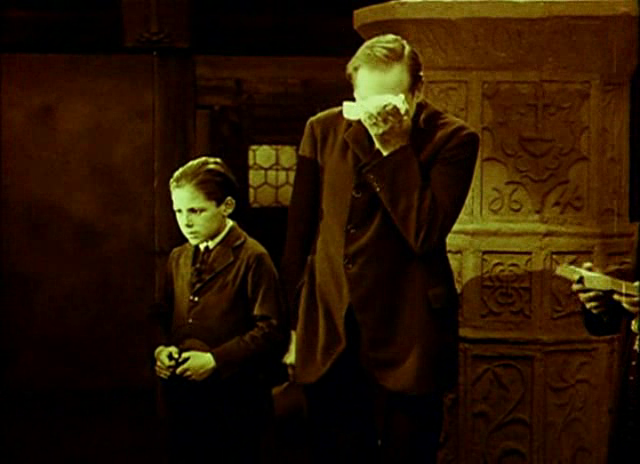
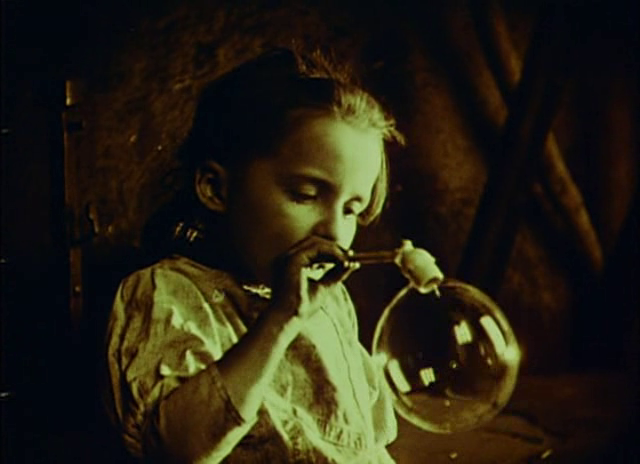

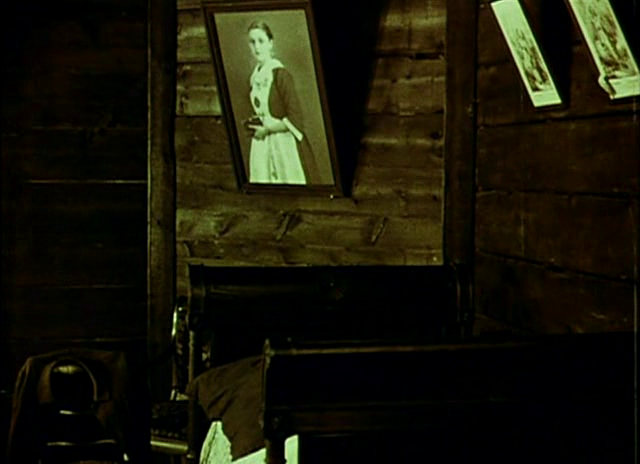


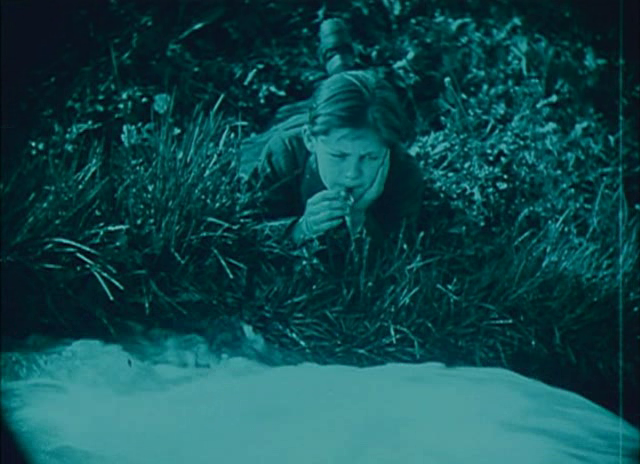
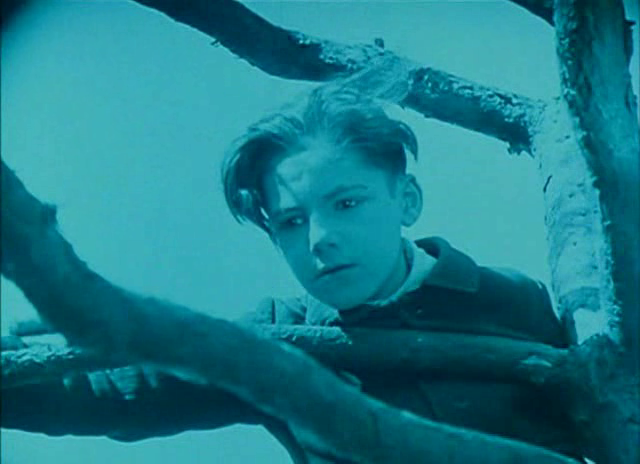
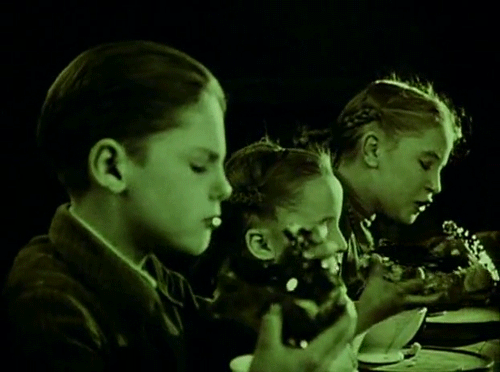

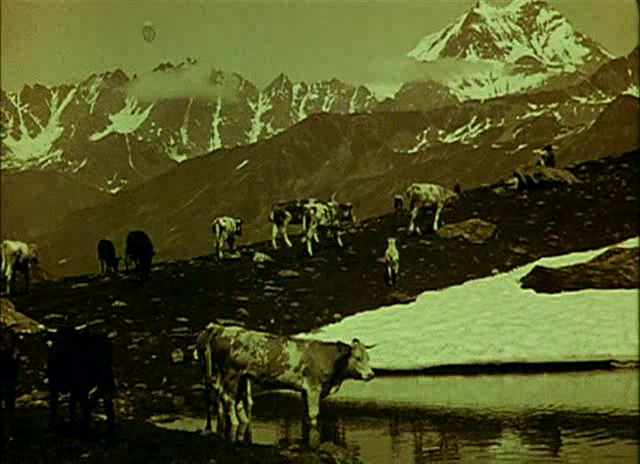

5 comments:
You write so touchingly of the plight of children. Faces of Children sounds like a true masterpiece. I shall be seeking it out soon.
I have never seen this film but your review is excellent in describing it. These silent films, especially of children, can be so emotional in the hands of a great director, and this one appears to be one. I was thinking about the landscape's role just as you brought it up - and the Alps are so moving in themselves. Thank you for selecting this silent film and participating in the Vive la France blogathon Le.
What a beautiful post! Thank you so much for introducing me to a new-to-me film that sounds like a must see.
I know I'll love this film, and I can't wait to see it. It sounds like a very human story that appeals to all ages & nationalities. Your review is wonderful. :)
Your review is an introduction to this film for me, I have not been aware of it. And your description does a superb job of giving a good sense of the film beyond its storyline. I hope to see it one day. Thank you for taking part in our blogathon, Le, and for choosing to review Faces of Children for the event.
Post a Comment